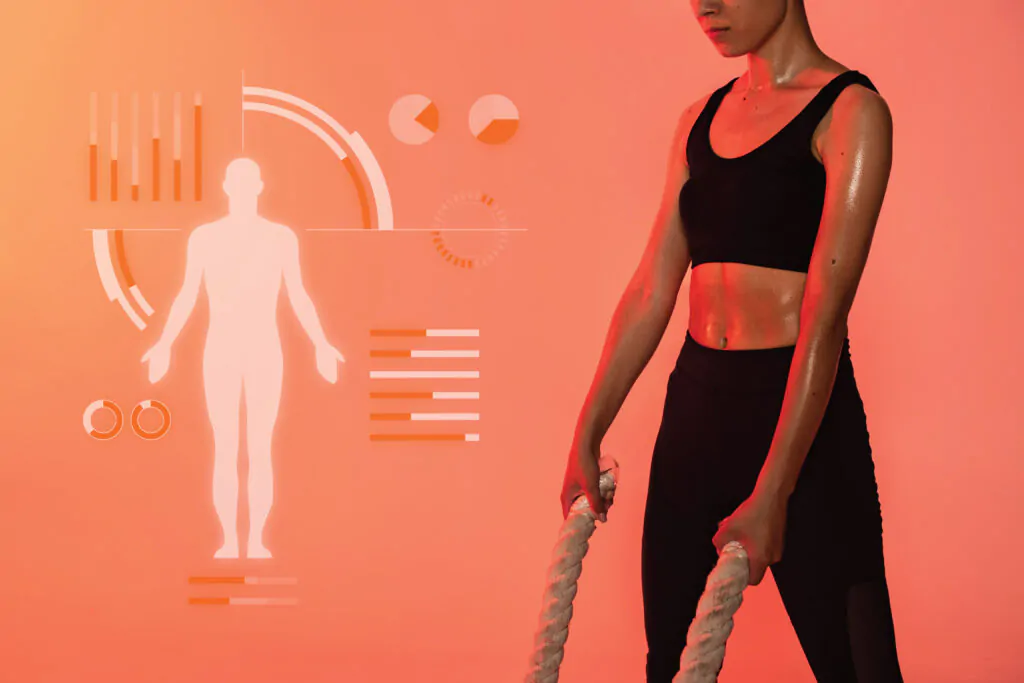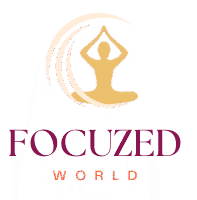“In the chaos of modern life, anxiety can feel like a constant companion. But what if the solution lies within us, waiting to be unlocked through mindful meditation?”
Anxiety is a pervasive issue that many struggle with daily. Mindfulness meditation for anxiety relief is known for its attention to your feelings and learning from the past without any regrets. While many are familiar with basic meditation techniques, several lesser-known methods can be highly effective for managing anxiety. This article will walk you through the five untold ways to incorporate mindfulness meditation for anxiety relief, each taking no more than 10 minutes of mindfulness meditation meditation for anxiety in your day.
Table of Contents
Mindful Breathing with Visualization is the best for mindfulness meditation for anxiety relief

Mindful breathing is a simple yet effective method to focus on breathing and rhythm. When you start focusing on breathing, you have more control over letting go of the thought habit and the stress. This way, you shift your focus from stress and anxiety. to peaceful and natural breathing. Mindful Breathing is a cornerstone of meditation, but when combined with visualization, it becomes even more potent. Start by finding a quiet place to sit comfortably. Close your eyes and take deep breaths. As you inhale, visualize a calming light filling your body, and as you exhale, imagine expelling dark, anxious energy.
Benefits:
This method enhances the grounding effects of Breathing, providing a mental image to focus on, which helps redirect attention from anxious thoughts. The method breaks your negative thoughts habit by taking a break as you start focusing on breathing. According to Newton-Einstein, matter can’t be damaged or created; it only changes the state of matter from one state to another. same way, when you are focusing, you can transform from negative thoughts to mindfulness.
Steps:
- Begin by breathing in slowly for a count of four, hold for a count of four, and exhale for six.
- During each cycle, visualize the calming light and the expulsion of anxiety.
- Practice this for 10 minutes each day to see significant improvements.
Sound Meditation Mindfulness Meditation for Anxiety

If you aren’t able to focus on the breathing, then the sound meditation can be appealing to you. Sound is featured as a mood change. did it ever happen to you that you are feeling sad, and you turn on your favorite song? You start changing your mood from sadness to chill 🙂
The right sound gets to the present moment by neglecting the stress and anxiety. Change of the background music in the sound keep you on track. you can try a free sound that keeps you on track on the link.
Sound Meditation utilises auditory elements like singing bowls, chimes, or even nature sounds to facilitate mindfulness. Sit or lie down in a comfortable position and play your chosen sound. Focus solely on the sound’s qualities, pitch, and resonance.
Benefits:
This practice helps divert your mind from anxious thoughts and fosters a sense of peace and tranquility. Sound therapy is well-known for mindfulness meditation for anxiety, because it lets go of the Past, mistakes, and sadness. once you get back to the present, your blood pressure turns to normal. research suggests that sound mindfulness meditation isn’t only for anxiety, but it reduces stress, improves sleep, enhances focus, and emotional well-being
How to Start:
Choose a sound that resonates with you, preferably rhythmic soot. Spend 10 minutes daily focusing on the sound, allowing it to wash over your mind and dissolve anxiety.
Mindfulness walking meditation for anxiety relief

If you are an outdoor person who stays outside, that you can’t take time to meditate? Then, walking meditation is for you. It allows you to meditate while you are going to the office, or even doing a morning/evening walk, you can meditate at any time at anywhere. No need to join meditation communities or to set hours for meditation.
Mindful Walking is a dynamic form of meditation that combines movement with mindfulness. Begin by walking at a natural pace. Please focus on the sensations in your feet as they touch the ground, the rhythm of your breath, and the sights and sounds around you.
Benefits:
This meditation method not only helps you to overcome anxiety, but it also has several other physical and mental health benefits, such as stress relief, improved sleep, and mood swings, and lowers blood pressure.
Practical Guide:
Spend 10 minutes daily walking mindfully, concentrating on the walking experience. This can be done anywhere, whether on a quiet street, in a park, or in your backyard.
Body Scan Meditation

Body Scan Meditation involves mentally scanning your body for areas of tension or discomfort. Start by lying down comfortably and closing your eyes. Slowly bring your attention to different body parts, from your toes to the top of your head.
Benefits:
This method helps identify and release anxiety-related physical tension, promoting overall relaxation.
Instructions:
Dedicate 10 minutes daily to scan your body. Notice any areas of tension, breathe into them, and consciously release the stress. This practice can significantly improve your mind-body connection and reduce anxiety levels.
Mindful Journaling

Mindful Journaling is a reflective meditation practice that involves writing down your thoughts and feelings. Sit down with a journal and pen, and let your thoughts flow without judgment or editing.
Benefits:
Writing helps promote self-awareness and emotional release, providing clarity and reducing the clutter of anxious thoughts.
How to Practice:
Spend 10 minutes a day writing about whatever comes to mind. Use prompts like “Today, I f” el…” or “I’m g “atef” I’mor…” to guide “our writing. This daily habit can lead to profound insights and a decrease in anxiety.
Conclusion
Each of these mindfulness meditation techniques offers a unique pathway to reduce anxiety, and they can easily fit into a busy schedule. Whether through visualization, sound, movement, body awareness, or writing, dedicating just 10 minutes a day to mindfulness meditation can transform your relationship with anxiety.

